Many subscription services seem affordable at first, but over time, those small monthly fees can really add up. With so many options available, it’s easy to lose track of what you’re paying for, especially when you’re not getting the most value out of them. Let’s take a closer look at some common subscription services that might be costing you more than you realize—and how you can save.
Cable TV Packages

Cable TV packages often include hundreds of channels you never watch but still pay for. Many users have switched to cheaper alternatives like streaming services, but cable companies continue to charge high prices, with the average package costing $75-$150 per month. With more affordable options available, including streaming bundles, it might be time to cut the cord.
Streaming Services
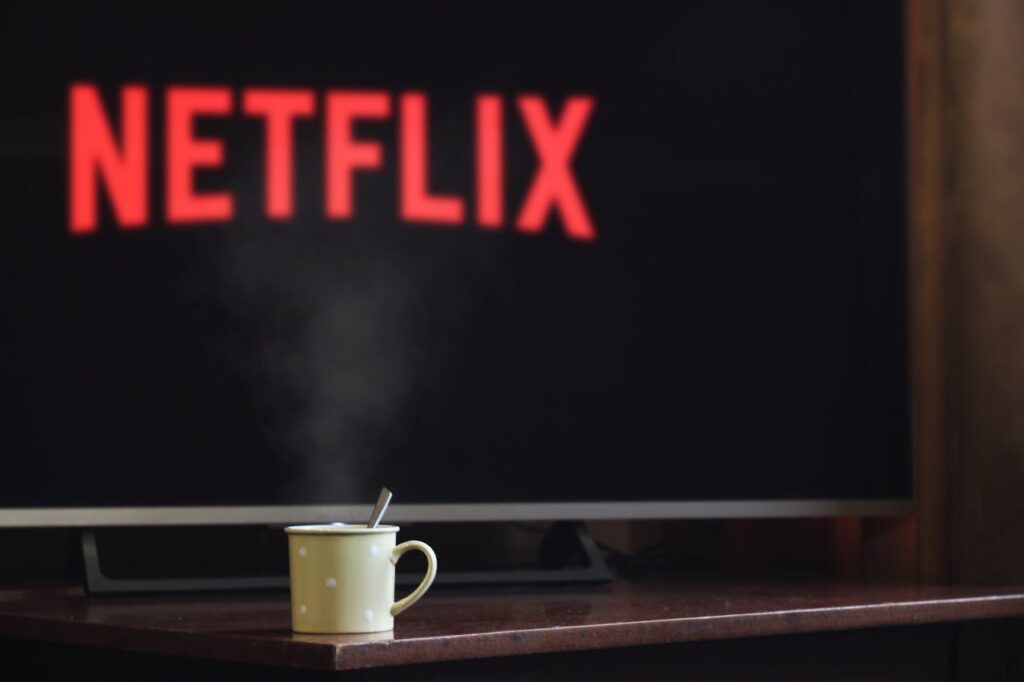
With so many streaming platforms available—Netflix, Hulu, Disney+, and more—subscribing to multiple services can cost you up to $50 or more each month. You might find that you only use one or two regularly, making the others an unnecessary expense. Consider rotating your subscriptions based on what shows or movies you want to watch at the moment.
Cloud Storage Services
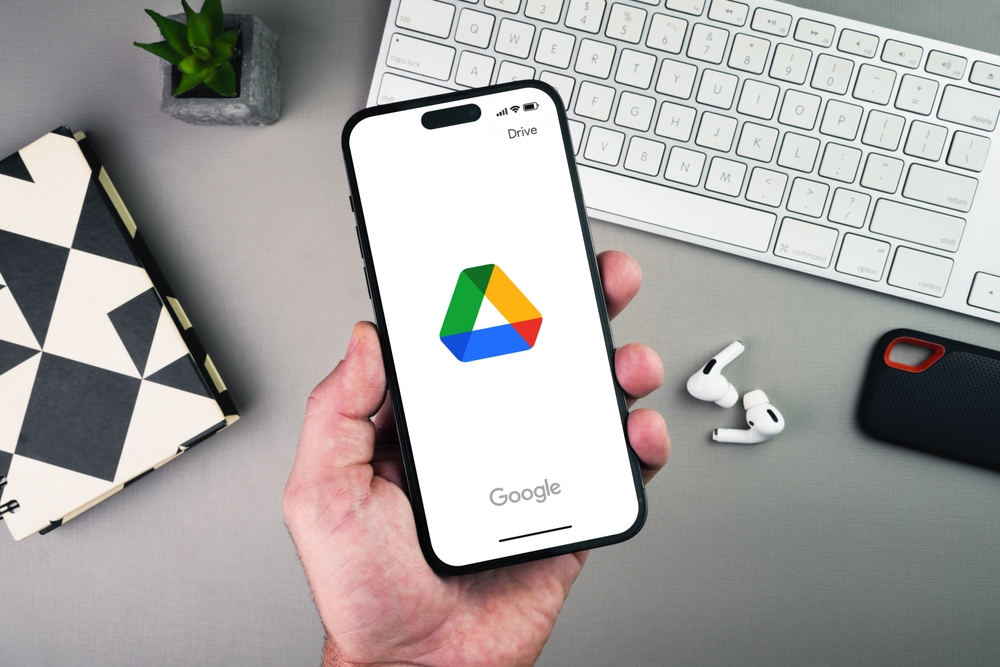
Cloud storage services like Google Drive, Dropbox, and iCloud offer free storage tiers, but as you run out of space, you may find yourself paying anywhere from $10 to $20 a month. Many users don’t use nearly as much storage as they pay for. Reassess how much space you truly need or consider consolidating files to reduce costs.
Music Streaming
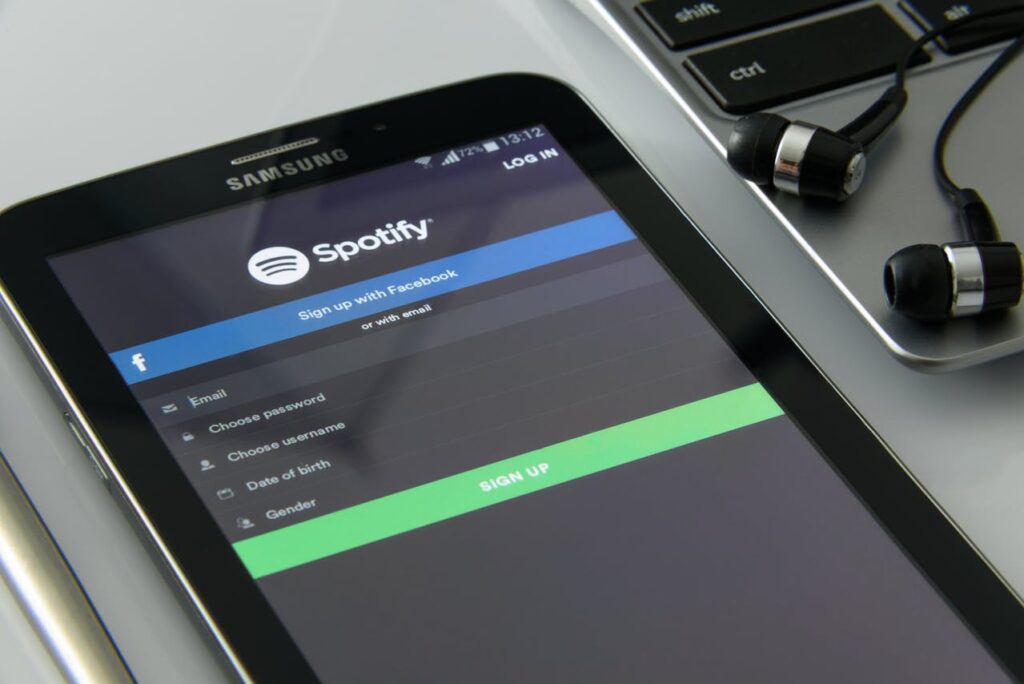
Music streaming services like Spotify, Apple Music, and Tidal often charge around $9.99 per month. While convenient, many people don’t utilize these services enough to justify the cost, especially when free versions with ads are available. If you’re only using it occasionally, switching to a free plan could save you money.
Fitness Apps
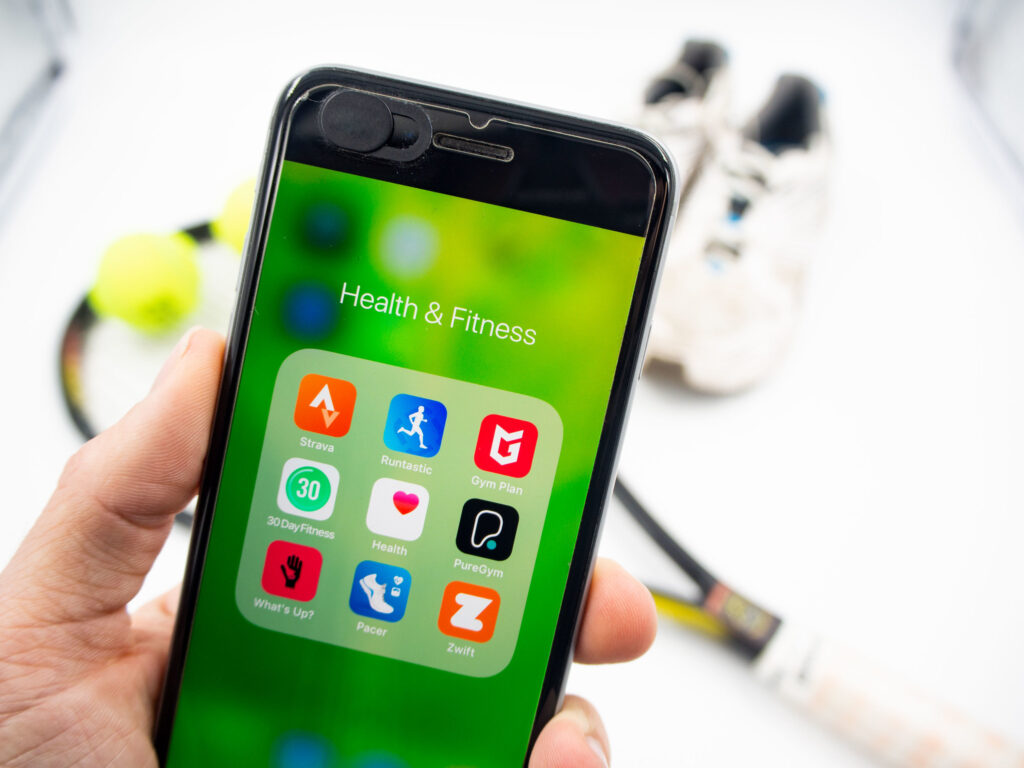
Fitness apps like Peloton, Strava, or Apple Fitness+ charge between $10 and $20 monthly. Many people sign up with the intent to get fit but often end up using these apps inconsistently. If you aren’t fully utilizing the premium features, a free or lower-cost fitness app may suffice.
Online Magazines

Online magazine subscriptions like The New York Times, The Atlantic, or Wired can cost $5-$10 per month. While informative, these subscriptions can pile up quickly, especially if you subscribe to multiple outlets. Often, you can find similar content for free elsewhere or stick to just one high-quality publication.
Gaming Subscriptions

Platforms like Xbox Game Pass, PlayStation Plus, and Nintendo Switch Online charge around $10-$15 per month for access to online multiplayer games or a library of titles. If you’re not gaming regularly, the subscription might not be worth it. Consider paying for individual games instead or canceling during months when you game less.
Food Delivery Apps

Services like DoorDash, Grubhub, and Uber Eats often charge a monthly fee of $9.99 for premium benefits like no delivery fees. While convenient, these services can encourage more spending on takeout, which can quickly add up. Cooking at home or picking up food directly can help save money in the long run.
Beauty Box Subscriptions

Beauty box subscriptions like Ipsy and Birchbox cost around $10-$25 per month. While it may feel exciting to get new products each month, many subscribers end up with items they don’t use, wasting both money and products. Buying beauty products directly that suit your preferences can be more cost-effective.
Audiobook Subscriptions
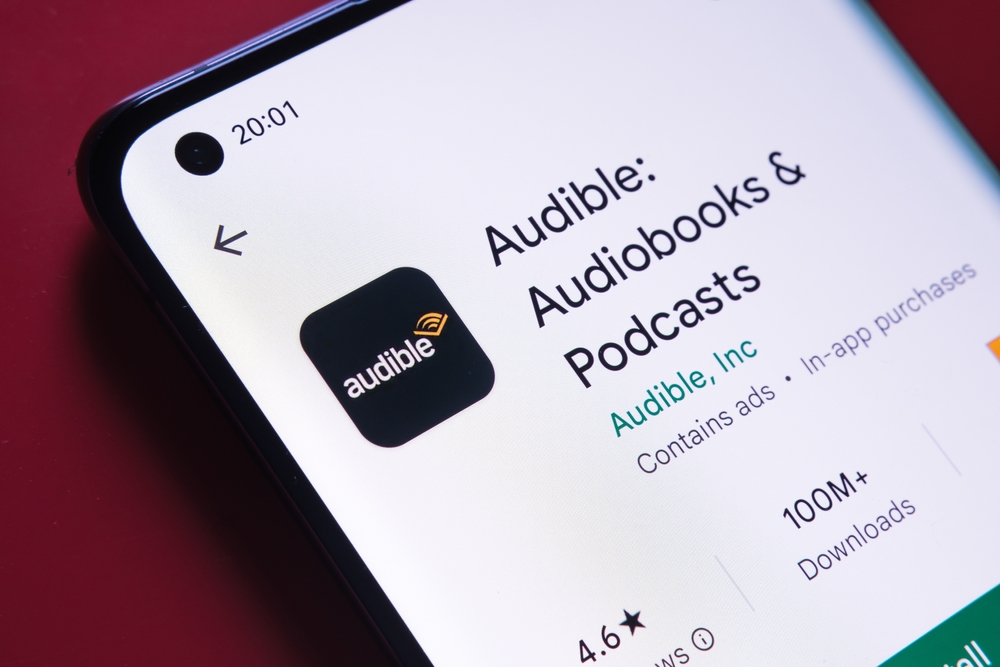
Audiobook services like Audible charge around $14.95 per month, often providing one credit per month for an audiobook. If you don’t listen to audiobooks regularly, the credits can pile up. Consider buying audiobooks as you go or borrowing them from your local library for free.
Meal Kit Subscriptions
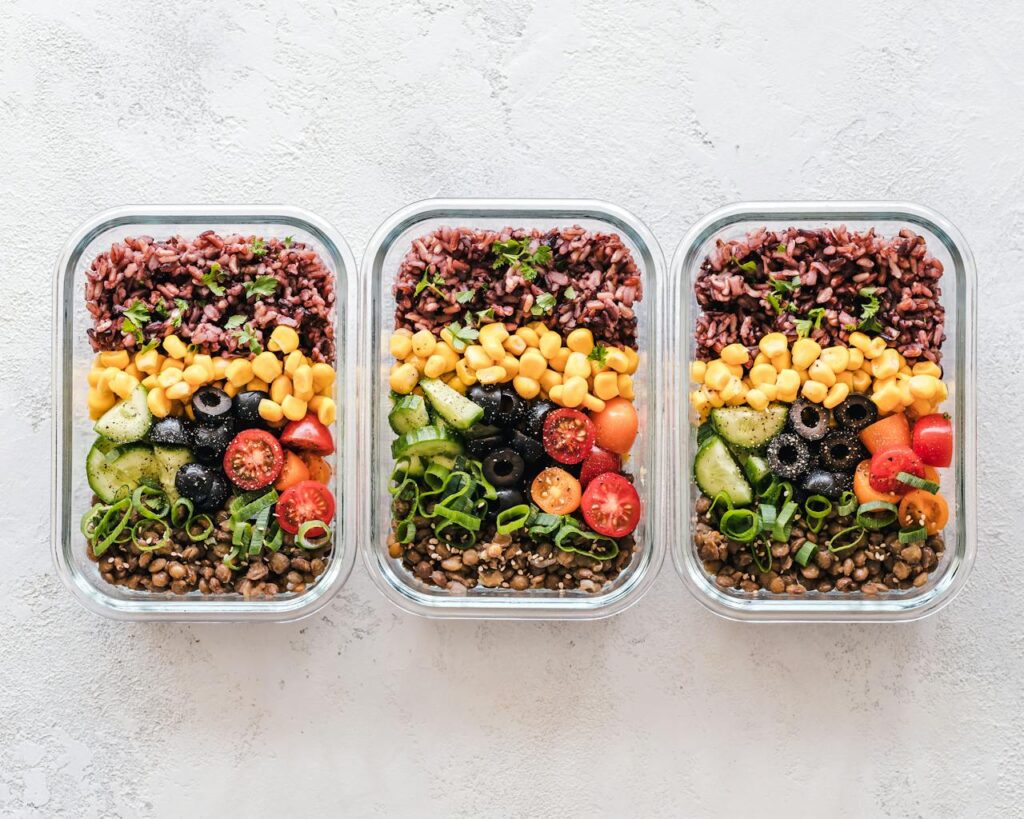
Meal kits like HelloFresh, Blue Apron, and Sunbasket can cost between $60 and $120 per week, depending on the number of meals. While convenient, they are often more expensive than buying the ingredients at a grocery store. If you’re comfortable with basic cooking, shopping for ingredients and planning meals on your own could save hundreds over time.
Pet Subscription Boxes
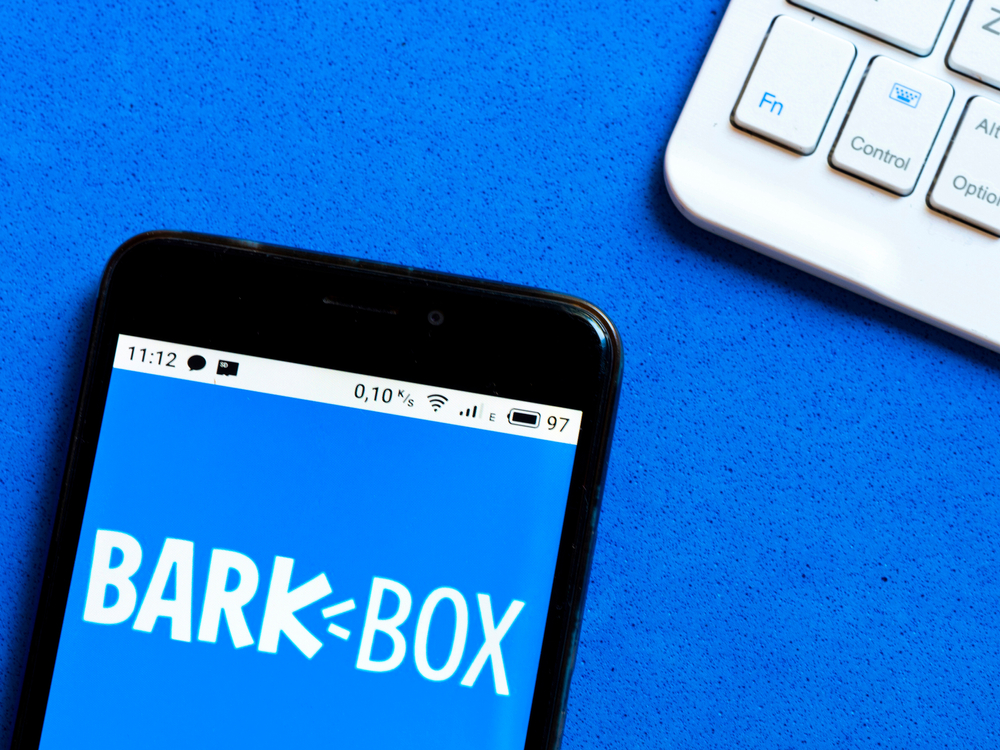
Services like BarkBox or Chewy charge $25-$35 per month for a curated selection of pet treats and toys. While fun for your pets, these boxes can become unnecessary if you already have plenty of supplies. You may save money by buying toys and treats in bulk when needed.
E-book Subscriptions

Amazon Kindle Unlimited charges $9.99 per month for unlimited access to select e-books. However, if you don’t read more than one or two books a month, this subscription may not be worth the cost. Instead, consider borrowing e-books from your local library or buying individual titles.
Language Learning Apps
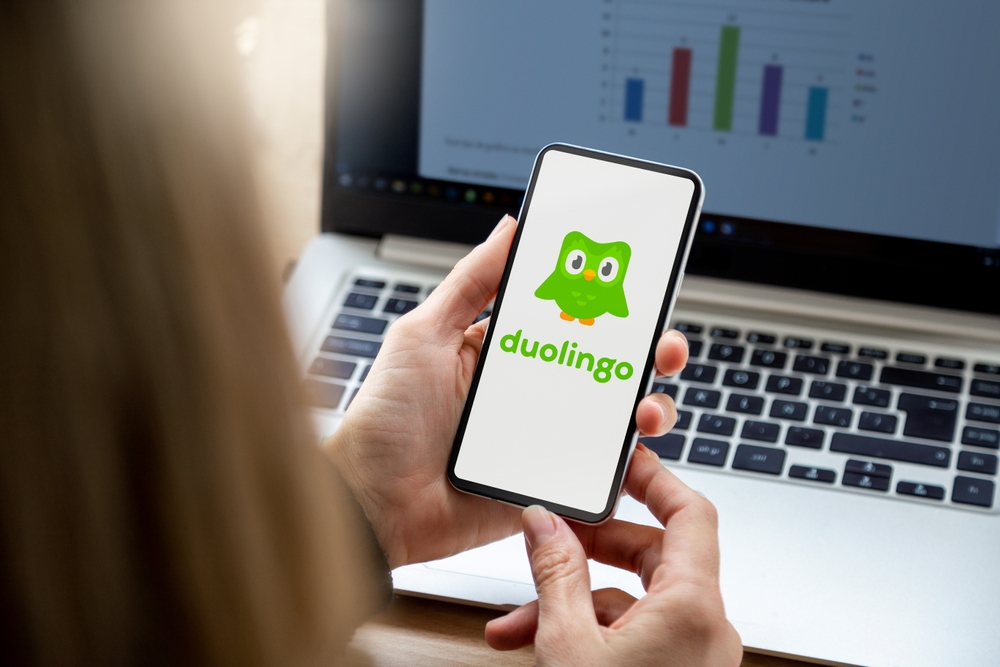
Apps like Babbel, Duolingo Plus, and Rosetta Stone charge $10-$15 per month. These services are helpful, but many users stop engaging after the initial enthusiasm wears off. Free versions of these apps often offer the same value, especially if you’re learning at a casual pace.
Digital Newsletters

Many niche digital newsletters charge anywhere from $5 to $20 per month for exclusive content. While informative, it’s worth questioning whether the value you’re getting from these newsletters justifies the cost. There are many free alternatives offering similar insights.
Virtual Fitness Classes

Services like Daily Burn and Glo offer virtual fitness classes for $15-$30 per month. If you’re not attending regularly, these subscriptions become wasted money. Free workouts on YouTube or lower-cost options at your local gym might be just as effective.
Home Security Systems
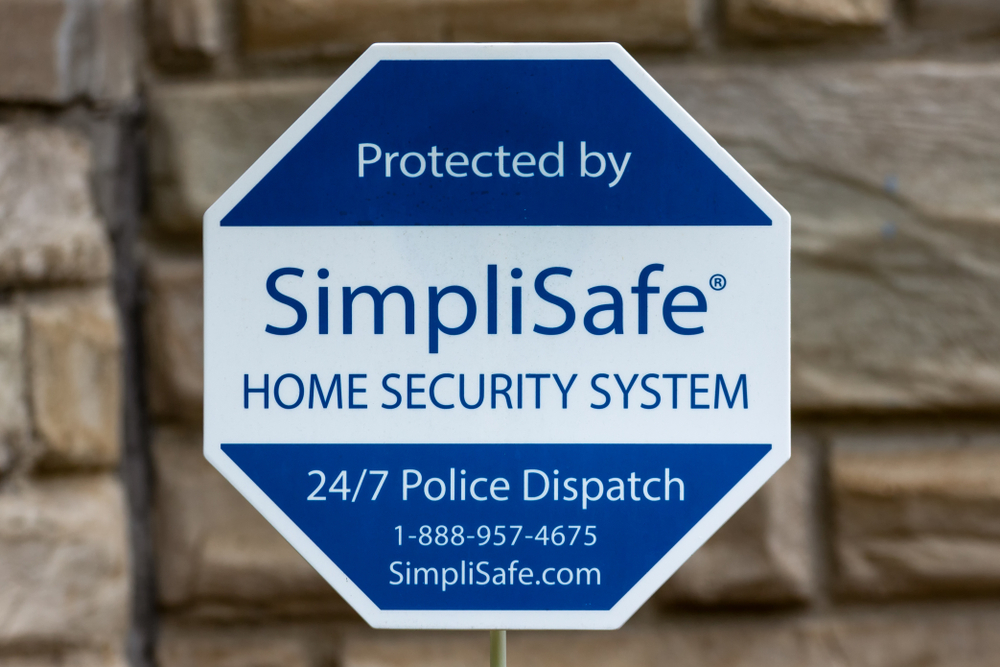
Home security services like ADT and SimpliSafe can cost between $30 to $60 per month, but many people find themselves paying for features they rarely use. Self-monitored systems or systems with lower monthly fees could offer sufficient protection at a fraction of the cost.
Digital Storage for Photos
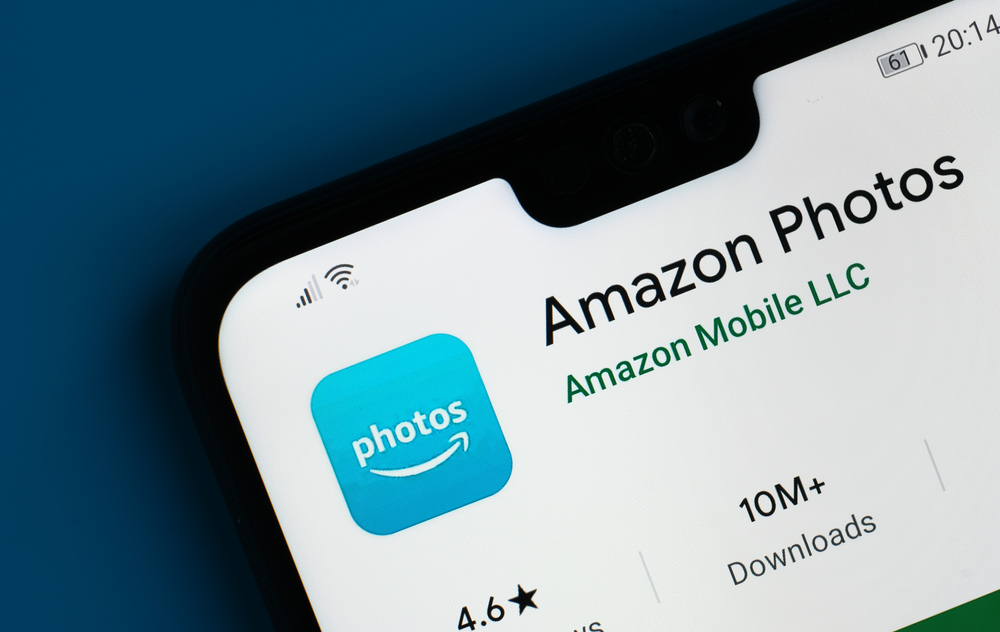
Google Photos and Amazon Photos offer additional storage plans that range from $2 to $10 per month. However, most users don’t use all the storage they pay for, or they forget they have subscribed. Regularly clearing out old photos or utilizing free storage limits can reduce this expense.
Online Learning Platforms
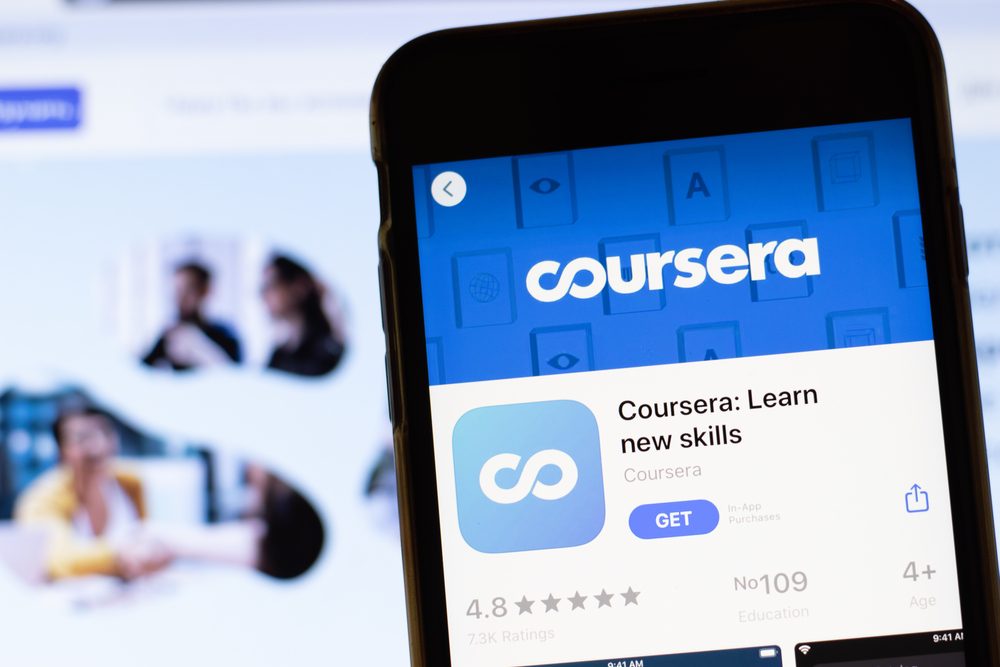
Platforms like MasterClass, Skillshare, and Coursera charge $15-$30 per month for access to online courses. While they offer excellent resources, many users don’t take full advantage of these subscriptions. Free courses or pay-per-course options might offer better value for casual learners.
Dating Apps
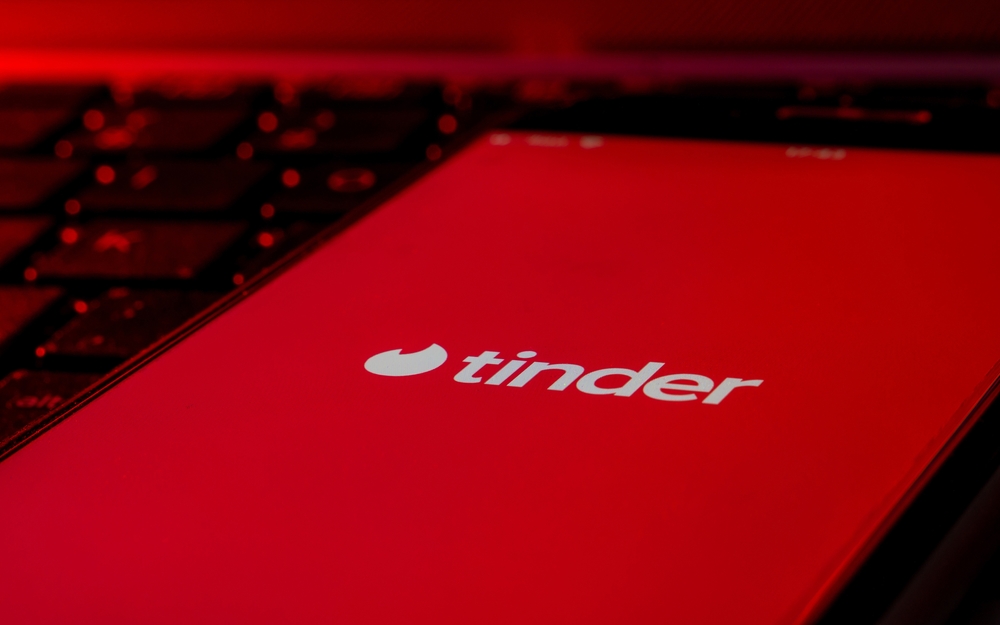
Premium subscriptions on dating apps like Tinder, Bumble, and Hinge range from $10 to $30 per month, offering enhanced features like more matches or profile boosts. If you’re not actively using the app, you could be wasting money. The free version of these apps is usually enough for most users.
Subscription Boxes for Kids
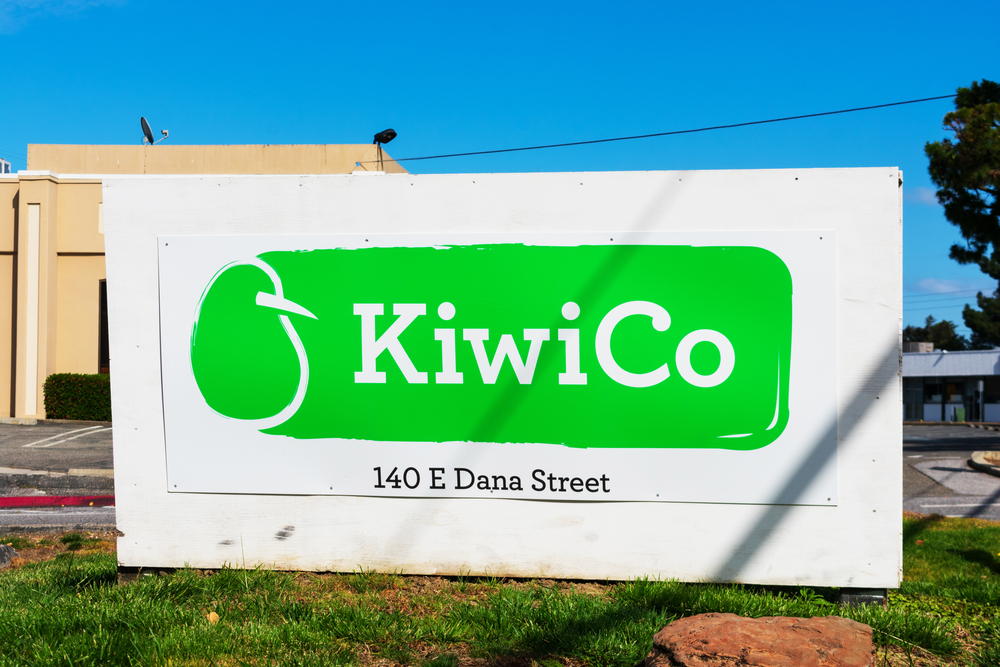
Subscriptions like KiwiCo and Little Passports charge $20-$30 per month for educational toys and activities. While these can be fun, kids can quickly lose interest, and the boxes can pile up. Instead, occasional purchases of specific toys or educational materials might provide more targeted enjoyment.
This article originally appeared on UnifyCosmos.
More from UnifyCosmos
20 Things Homeowners Hate Most About HOAs

Understanding the worst aspects of HOAs can help homeowners navigate and mitigate these issues more effectively. Here, we explore some of the common grievances associated with HOAs. Read more!
22 Common Household Items You Don’t Really Need

Many common household items are often marketed as must-haves, yet they provide little value in our daily lives. This article will help you identify some of these unnecessary items, allowing you to declutter and focus on what truly matters. Read more!
20 Healthy Eating Habits for a Balanced Lifestyle

What you eat can influence your energy levels, mood, and overall well-being. Incorporating the following habits into your daily routine can help you feel your best every day. Read more!
Leave a Reply